Tackling Urban Pests: Effective Strategies for Urban Pest Management
Urban areas are teeming with life, including not only humans but also a wide array of pests that thrive in our urban environments. From rats and cockroaches to bed bugs and mosquitoes, these pests pose health risks and can cause significant damage to property. To maintain a clean and healthy living environment, effective urban pest management strategies are essential. In this blog post, we will explore some key approaches and techniques for managing pests in urban settings.
- Prevention is Key:
One of the fundamental principles of urban pest management is prevention. By implementing proactive measures, we can minimize the chances of pest infestations. Here are a few preventive strategies to consider:
a) Regular sanitation practices: Proper waste management, including timely garbage collection and disposal, reduces food sources that attract pests.
b) Seal entry points: Identifying and sealing gaps, cracks, and openings in buildings prevents pests from entering. This includes repairing damaged window screens, door sweeps, and sealing gaps around utility lines.
c) Eliminate standing water: Pests like mosquitoes breed in stagnant water. Regularly check for and eliminate any sources of standing water, such as improperly drained gutters, flower pots, or birdbaths.
- Integrated Pest Management (IPM):
IPM is a holistic approach to pest control that combines various strategies to achieve effective and environmentally friendly pest management. It emphasizes long-term solutions rather than relying solely on pesticides. The key components of IPM include:
a) Inspection and monitoring: Regular inspections help identify pest infestations at an early stage. Monitoring tools, such as sticky traps or pheromone traps, can aid in tracking pest populations and their movement.
b) Biological control: Utilizing natural predators, parasites, or pathogens to control pest populations. For example, releasing beneficial insects like ladybugs to combat aphids.
c) Cultural controls: Modifying the environment to make it less hospitable to pests. This may include proper landscaping, removing debris, and maintaining clean and clutter-free spaces.
d) Chemical control as a last resort: If necessary, targeted and judicious use of pesticides may be employed. However, careful consideration should be given to select the least toxic and most environmentally friendly options.
- Community Education and Participation:
Engaging the community in urban pest management initiatives is crucial for long-term success. Educating residents about the importance of proper waste management, sanitation practices, and pest prevention can empower them to take proactive measures. Additionally, community-led initiatives, such as neighborhood clean-up events and educational workshops, can foster a collective effort in maintaining pest-free urban environments.
- Professional Pest Control Services:
In cases of severe infestations or persistent pest problems, seeking assistance from professional pest control services is recommended. These experts have the knowledge, tools, and experience to effectively identify, treat, and manage urban pest issues. They can provide targeted solutions while adhering to safety guidelines and minimizing environmental impact.
Urban pest management is a critical aspect of maintaining clean and healthy living environments in cities and towns. By adopting preventive measures, implementing integrated pest management strategies, fostering community participation, and seeking professional assistance when needed, we can effectively control and manage pests in urban areas. Remember, a proactive approach combined with education and community involvement is key to creating pest-free urban spaces where we can thrive in harmony with our environment.

